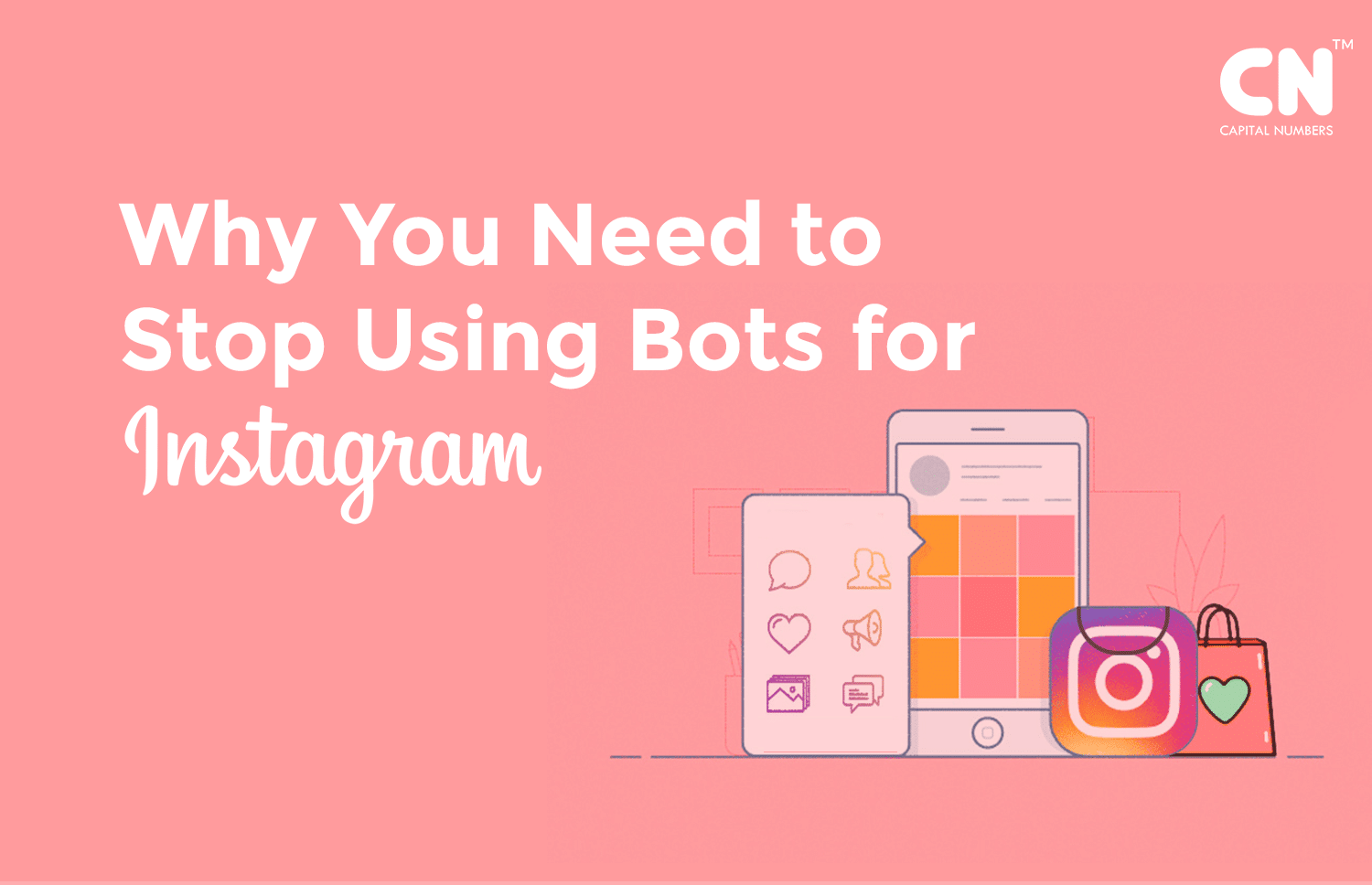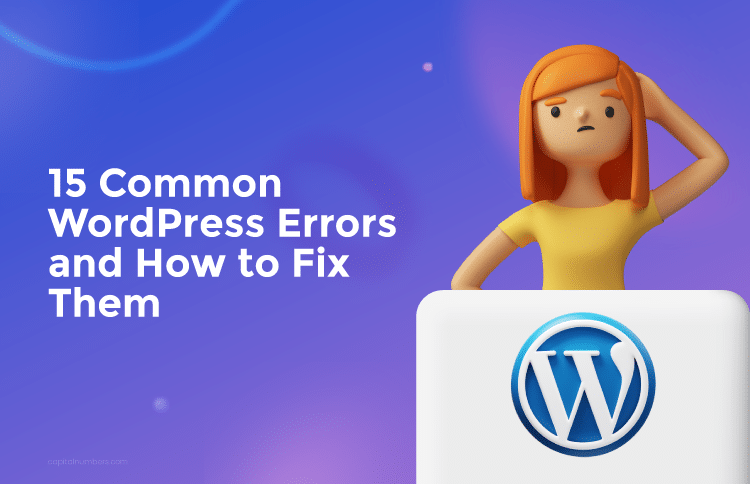Why You Need to Stop Using Bots For Your Instagram Account?
Table of Contents
Instagram is a useful platform for marketing products. It allows users to create a brand for themselves – personal or otherwise, and reach a wide circle through likes and comments. Unfortunately, the social media platform serves as a black market for users who heavily depend on bots to procure name and fame in the digital world. Recent reports have brought to light the massive usage of bots on Instagram. As easy as it gets for procuring likes through fake applications, it is highly recommended to steer clear from bots at all costs. Users are pushing bots to the level of appropriately commenting on several posts. Bots do not understand context. Hence, pushing them to carry out human-like function is like darkly encouraging marketing automation. It is a known trend to use bots to increase likes on certain posts, and subsequently increase the number of followers. Bots help to acquire fame by issuing fake likes on people’s profiles. This method is frowned upon by Instagram as it has worked towards eradicating millions of fake profiles. In spite of fake profiles summing up a tiny fragment of their user database, the existence of bots creates a huge issue for the social giant.
Back in 2014, celebrities were at a loss as Instagram detected several bots, resulting in them losing a large chunk of their followers. Certain brand and companies existence on the platform also utilize bots to increase their market. While some use bots for fraudulent activities, a brighter side to it reveals how bots are significant in data indexing, as done by Google for larger companies. Automation is a great way of carrying out activities, like customer service or online queries, when it is difficult to employ an actual person behind the device. Here, bots come in handy as they read and address the obvious questions asked by users and handle them effectively. This is how bots help companies in saving time and money.
Sadly, not all companies use bots for their advantage. New and complex mechanisms include mishandling bots for recognition or brand awareness on Instagram and other platforms. This misuse can provide a loss for various consumers. Since bots are easy to use, simple functions like liking or following people can be embedded in their system. Users are pushing this by implementing a comment or hashtag which also allows these bots to behave differently, on command. Hence, the result is different on various occasions, making it difficult for Instagram to detect bots. No stats examining the range of how frequent bots are being used in today’s times. This trend is immensely followed by startups or upcoming companies, looking for a way to get into the market at a fast pace.
There are also incidents where bots have gone wrong. Certain bots upon misuse can carry out the opposite of what they have been asked for. This can be seen in a thread of lewd comments posted by fake profiles which are bots gone wrong in reality. Excess use of bots can create this confusion, creating hassles for users who otherwise believe in authentic publicity. It is important for a brand or agency to use authentic data to market its products. Bots should not be touched in the first place as the side effects are in plenty, and it is difficult to operate bots once they go wrong. Audience targeting, acquisition of third-party data and analytics can be overviewed by employing simple marketing tactics. You should be careful of employing bots to carry out the same functions. These fake devices not only cause an issue in the later run but their incapability of replicating reality tells them off from real users, and if caught, can lead to a permanent ban by Instagram.
Original and quality content would trump most fake profiles in the long run and serve as the key points in building your business on Instagram. It is also essential to research other platforms that could provide a similar marketing database for your brand.














